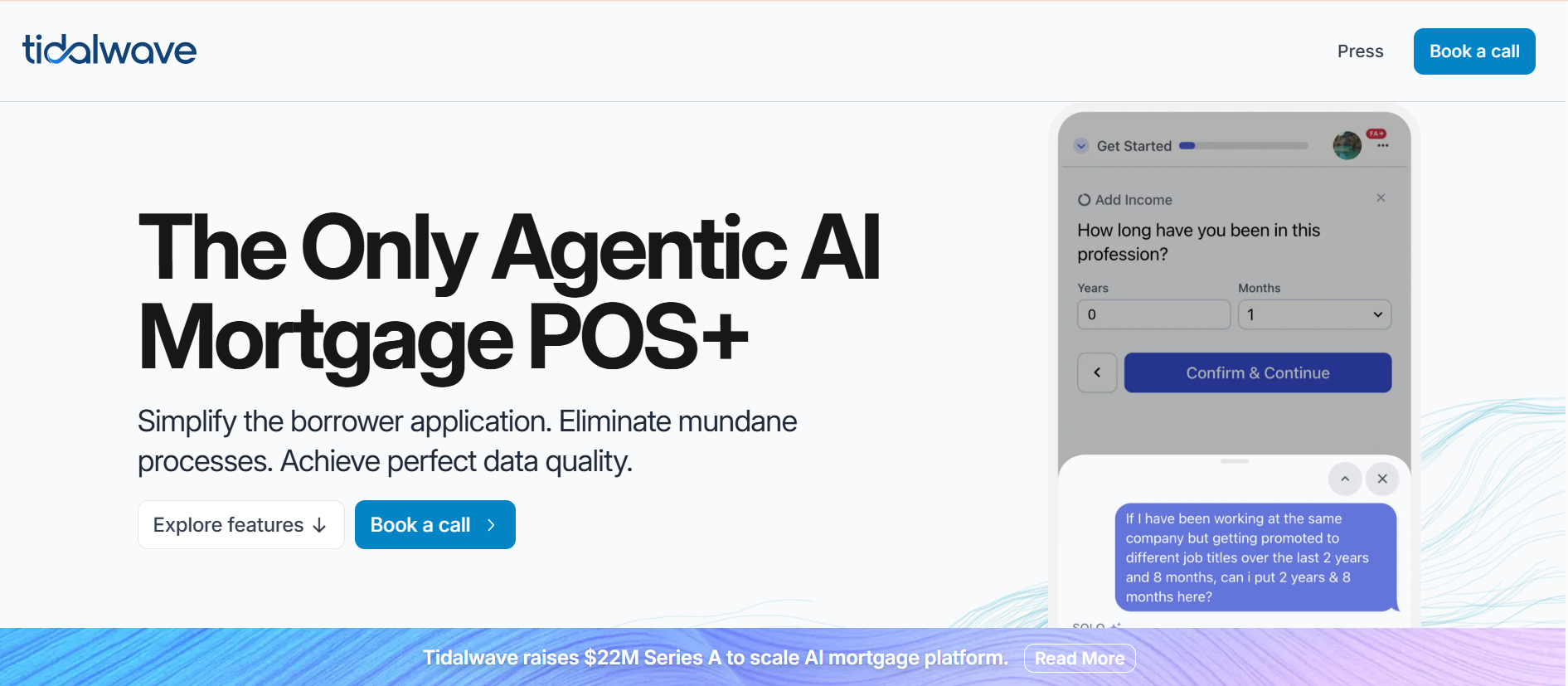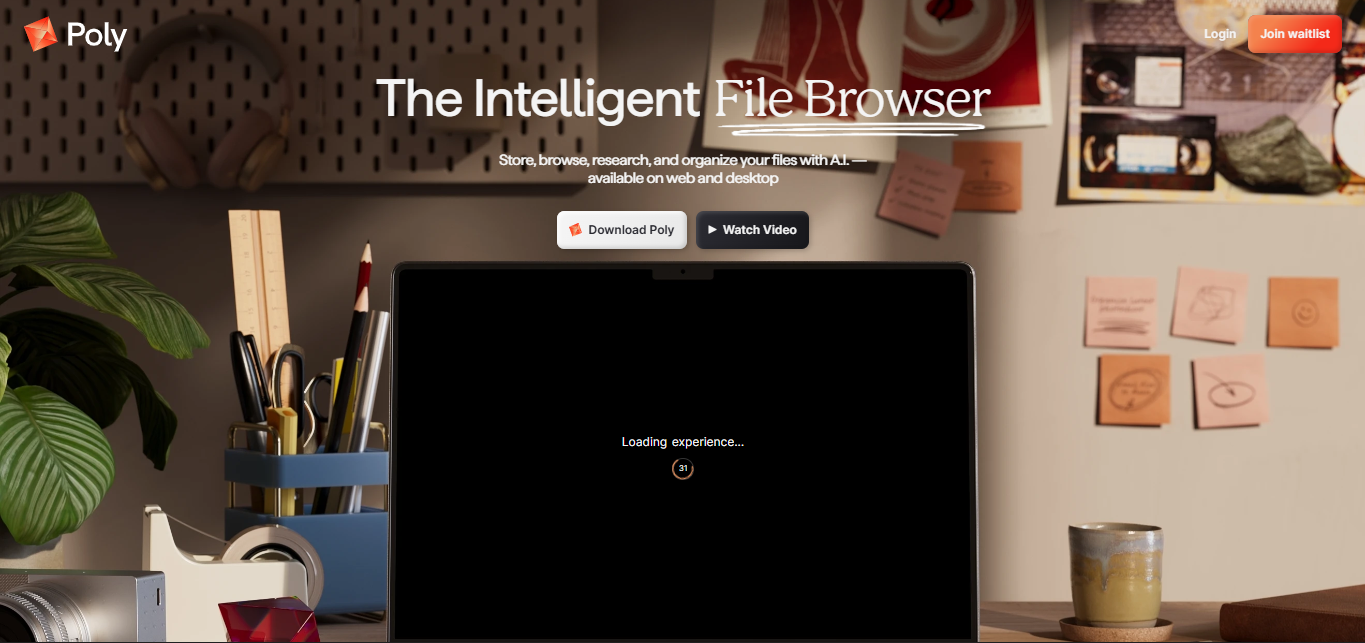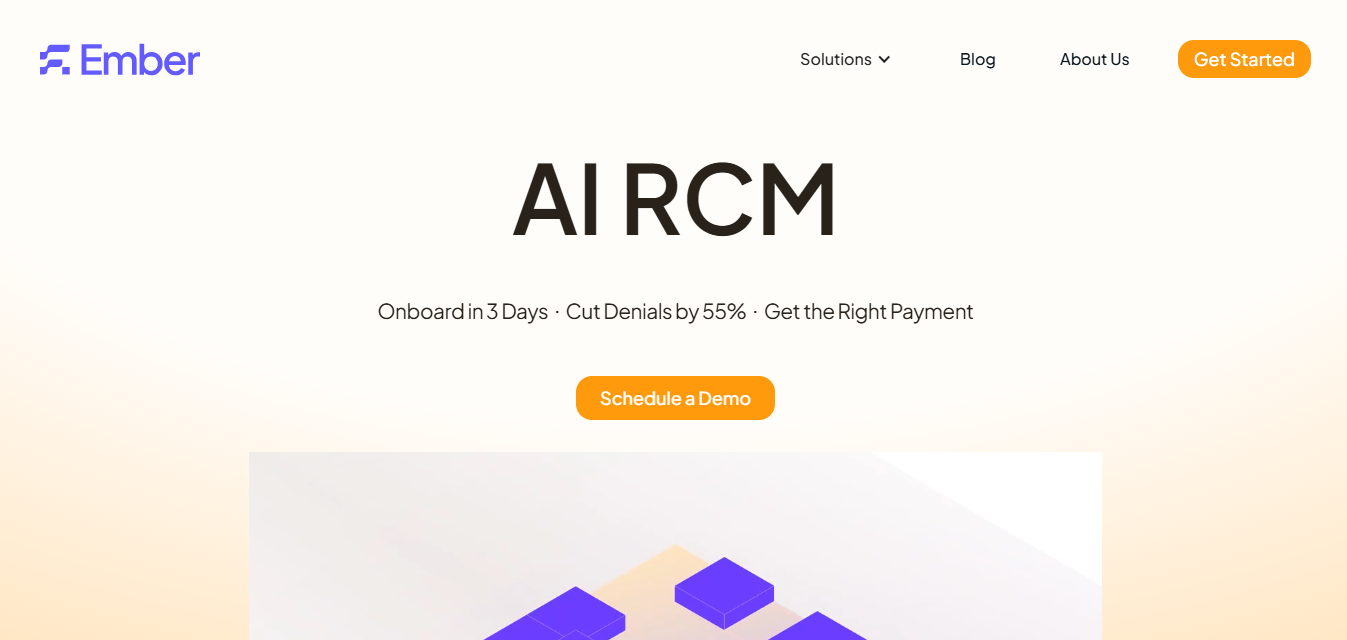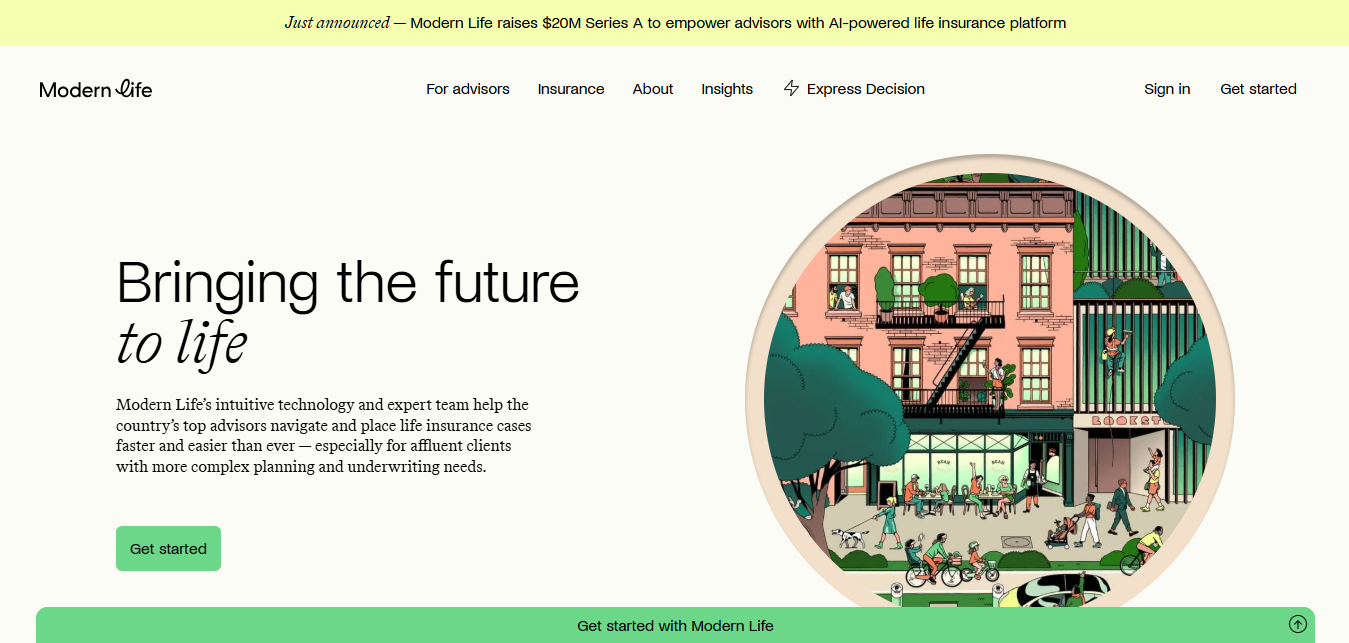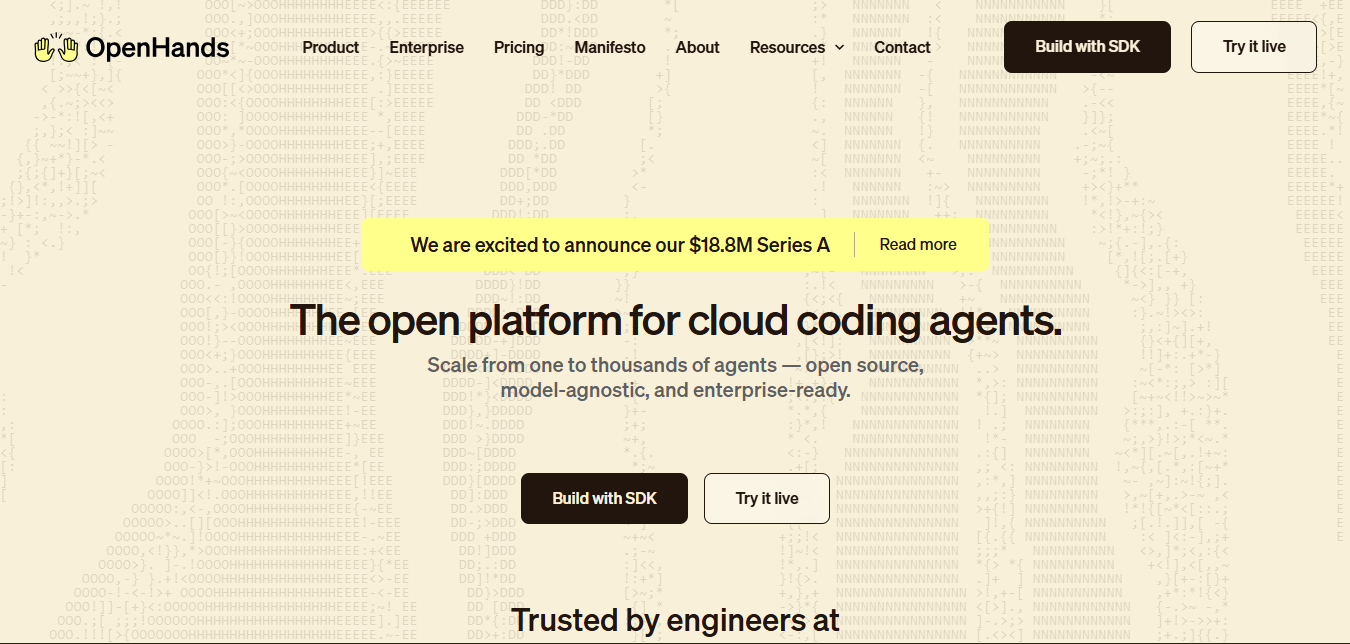Obot AI Raises $35M Seed to Power Private, Open Source LLM Stacks
September 24, 2025
byFenoms Start-Ups

A Bold Seed Round That Sets the Tone
Obot AI, a Cupertino, California-based startup, has raised a massive $35 million Seed round to develop its open source large language model (LLM) stack. This is not just another AI startup building yet another chatbot. Obot AI is betting on something much bigger: giving enterprises the ability to own and operate their own AI infrastructure, securely tapping into private data without exposing it to third-party providers.
At a time when data privacy, sovereignty, and compliance are at the forefront of enterprise decision-making, Obot’s approach offers a practical, future-proof solution.
Why Enterprises Need Obot AI
The problem is straightforward: many organizations want the power of generative AI but cannot risk sending sensitive information to public APIs. From corporate intranets to confidential databases and mission-critical applications, the stakes are simply too high.
Obot AI solves this by providing a Kubernetes-native, open source LLM stack that can be deployed inside an organization’s environment. This means no data ever leaves the enterprise boundary. It’s the perfect alignment of flexibility, control, and compliance.
The Founder Behind the Vision
The company’s co-founder, Sheng Liang, is no stranger to the open source and cloud-native ecosystem. His background spans virtualization, Kubernetes, agile development, and IT transformation - making him uniquely positioned to bridge enterprise IT with cutting-edge AI.
Liang’s philosophy is simple: open systems win. And in the context of AI, that means enterprises will demand open, auditable, and customizable models rather than locking themselves into opaque black-box solutions.
The Real Advantage of Open Source AI
Founders often think about open source only as a community strategy - but in the enterprise AI context, it’s a strategic moat. Why?
Because enterprises increasingly evaluate vendors not just on capabilities but on control, transparency, and adaptability. A closed model may be powerful, but it leaves companies at the mercy of external providers’ pricing, policies, and infrastructure.
An open source LLM stack shifts the balance of power. Enterprises can:
- Audit and adapt models to their domain
- Fine-tune for specific internal data
- Deploy securely on private infrastructure
- Avoid vendor lock-in
Here’s the kicker: control is the new currency in AI. Founders who realize this early - and design for it - will find themselves positioned not as tools but as infrastructure.
The Founder Insight Many Miss
Here’s a lesson buried inside Obot AI’s trajectory that many founders overlook: you don’t always win by racing toward the flashiest product. You win by building the system everyone else depends on.
The AI hype cycle has spawned thousands of end-user apps, but few are building the foundational stacks enterprises will need to scale AI safely. What Obot AI is doing is akin to what Red Hat did for Linux or Docker did for containers: become the trusted layer that enterprises rely on for stability, compliance, and integration.
For founders, the insight here is to think beyond “features” and instead design for ecosystem dependency. The products that win aren’t just useful - they become impossible to replace.
Who’s Investing in Obot AI?
While the full investor list is yet to be disclosed, the size of this $35 million Seed round signals serious conviction from backers. Typically, Seed rounds are far smaller - averaging $3–5 million in the U.S. This outsized raise positions Obot AI not just as a typical early-stage player but as a contender with infrastructure-level ambitions.
Investors betting on Obot AI are likely betting that the next wave of enterprise AI adoption won’t happen in public APIs but in secure, self-hosted environments.
Market Outlook: Why Open Source + Private AI Is the Future
The enterprise AI market is growing at breakneck speed. According to Gartner, global enterprise AI spending is expected to hit $267 billion by 2027, with a large portion driven by compliance-sensitive sectors like finance, healthcare, and government.
Simultaneously, a McKinsey study found that 59% of companies consider data privacy and compliance their top concern when adopting generative AI. This is the gap Obot AI is designed to fill.
Meanwhile, the open source AI movement is accelerating. The release of models like LLaMA, Mistral, and Falcon has sparked rapid innovation. But most enterprises lack the infrastructure to deploy and manage these models internally at scale. Obot AI positions itself as the bridge - packaging open source power with enterprise readiness.
If you zoom out, the thesis is clear: the future of enterprise AI will be a hybrid model, where companies use some external APIs for non-sensitive tasks while running their own private LLM stacks for critical operations. In that world, Obot AI isn’t just relevant - it’s essential.
What’s Next for Obot AI?
With its new funding, Obot AI will focus on building out its engineering team, expanding model support, and making its LLM stack easier for enterprises to deploy. Expect integrations with leading CI/CD pipelines, developer tooling, and observability platforms - because in the enterprise world, adoption isn’t about cool demos; it’s about seamless fit.
The long-term play is to become the default standard for private, open source LLM deployment, much like Kubernetes became the default for containers.
The Bigger Picture
Obot AI’s $35 million Seed raise is more than a funding milestone - it’s a signal that the next frontier of AI isn’t about novelty, it’s about trust, control, and sovereignty.
For enterprises, it’s a chance to embrace AI without sacrificing security. For founders, it’s a reminder that sometimes the biggest opportunities aren’t in the shiny consumer apps, but in the infrastructure that everyone else quietly depends on.

